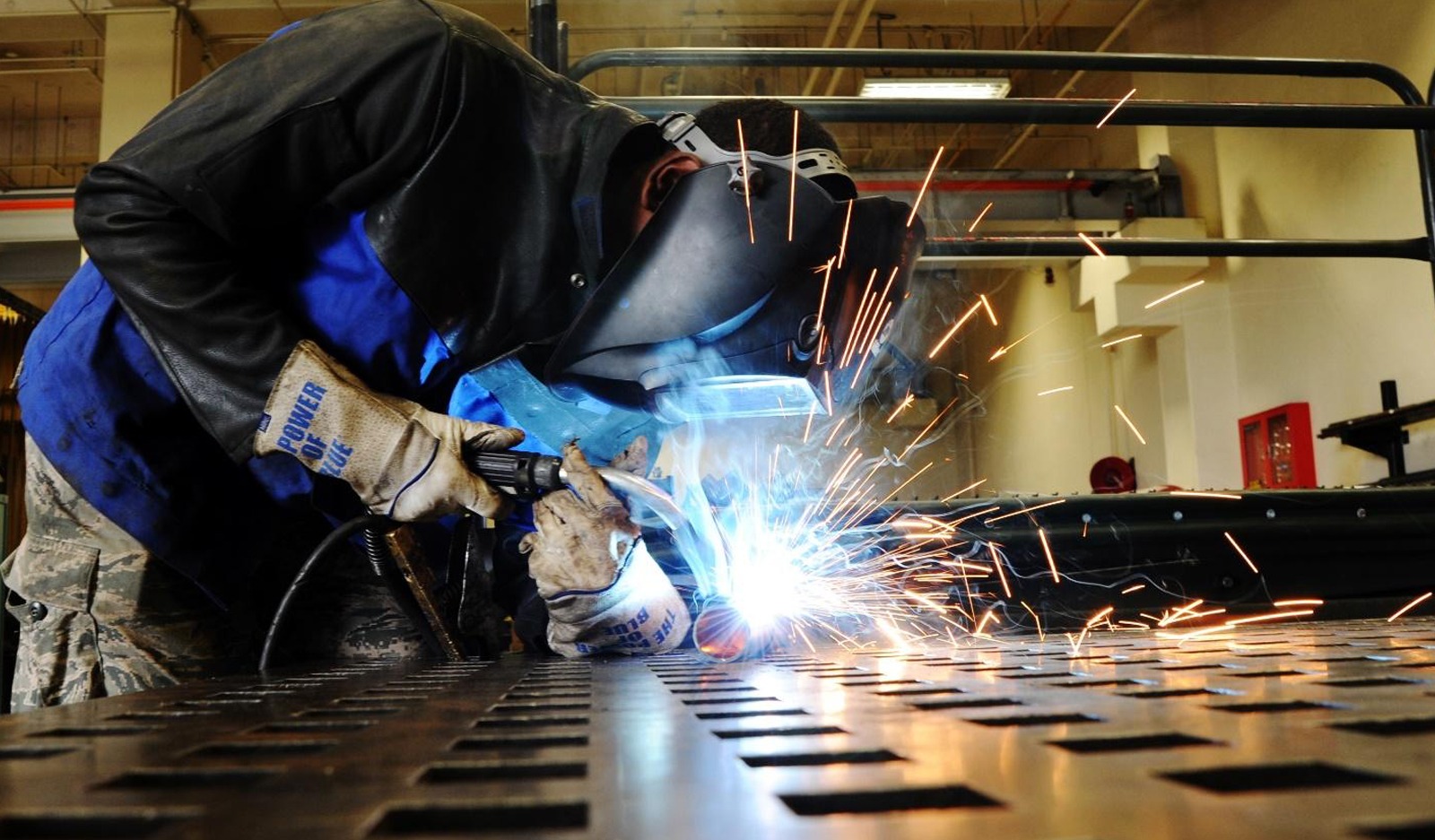
Steel fabrication has been a fundamental part of industrial design for centuries, but recent technological advancements have revolutionized the way steel is fabricated. These innovative techniques have not only improved the quality and efficiency of steel fabrication but have also opened up new possibilities in industrial design. From 3D printing to laser cutting, the use of cutting-edge technology has transformed the way steel structures are created, leading to more complex and innovative steel fabrication designs than ever before.
The Impact of Innovative Steel Fabrication Techniques
1. 3D Printing
- 3D printing has emerged as a game-changer in steel fabrication, allowing for the creation of intricate and complex structures that were previously impossible to fabricate.
- This technology enables designers to create steel components with high precision and minimal waste, leading to more sustainable manufacturing processes.
- 3D printing also offers greater design flexibility, as it allows for the creation of unique shapes and structures that would be difficult or impossible to achieve using traditional fabrication methods.
2. Laser Cutting
- Laser cutting has become an essential tool in steel fabrication, offering high levels of precision and efficiency in cutting steel components.
- This technique allows for the creation of intricate and detailed designs, making it ideal for producing decorative elements or complex geometries.
- Laser cutting also results in clean edges and smooth finishes, enhancing the overall aesthetics of steel structures.
The Future of Steel Fabrication
1. Automation
- Automation is set to play a significant role in the future of steel fabrication, with robotic systems being used to streamline the manufacturing process and improve efficiency.
- Robotic systems can perform repetitive tasks with high precision, leading to faster production times and reduced labor costs.
- Automation also enhances safety in steel fabrication facilities by minimizing the risk of accidents and injuries associated with manual labor.
2. Sustainable Practices
- As environmental concerns continue to grow, the steel fabrication industry is increasingly adopting sustainable practices to minimize its impact on the environment.
- Techniques such as recycling scrap steel, using energy-efficient equipment, and reducing waste are becoming more prevalent in steel fabrication facilities.
- By embracing sustainable practices, steel fabricators can reduce their carbon footprint and contribute to a more environmentally friendly manufacturing industry.
Conclusion
The use of innovative steel fabrication techniques is rapidly transforming the field of industrial design, pushing the boundaries of what is possible in steel construction. From 3D printing to laser cutting, these cutting-edge technologies are not only improving the quality and efficiency of steel fabrication but are also opening up new opportunities for creative and innovative designs. As automation and sustainability continue to play a significant role in the future of steel fabrication, we can expect to see even more groundbreaking advancements in the industry. The fusion of technology and creativity in steel fabrication is reshaping the way we approach industrial design, paving the way for a more sustainable and innovative future.